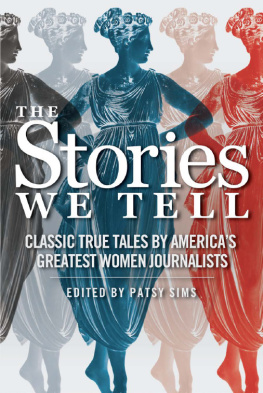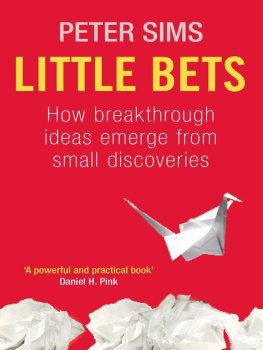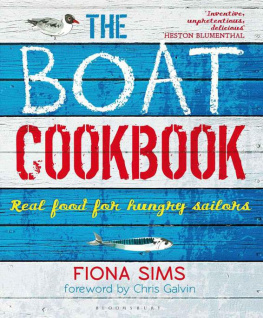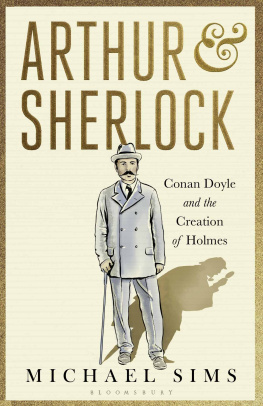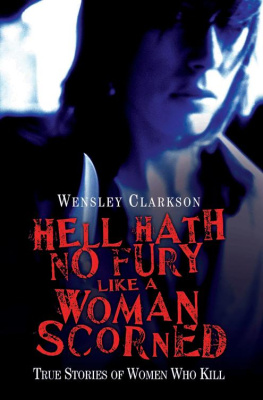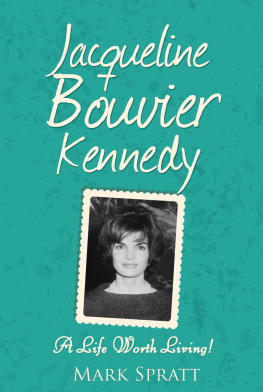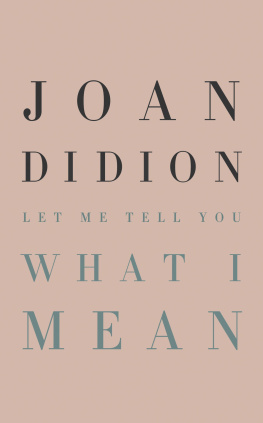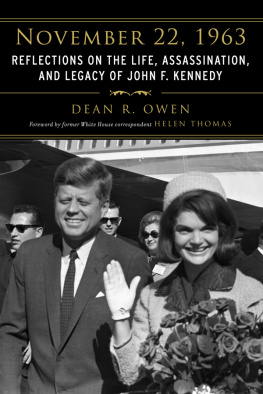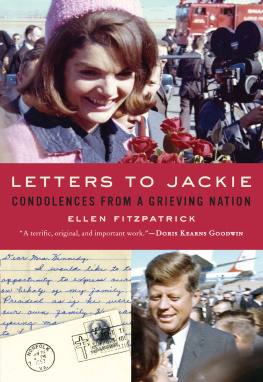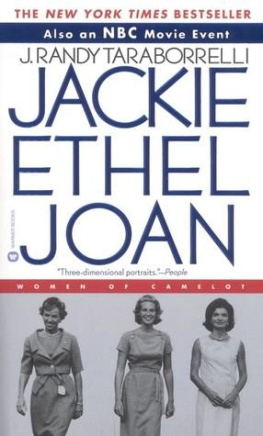Notes From Our Contributors
What a treasure trove! The fact that these stories are all written by women makes this book even more intriguing. How wonderful to be part of this vibrant and beautiful anthology.
--Susan Orlean, author of The Orchid Thief.
This is the collection I wish Id had when I was starting out as a writer. Back then, non-fiction was the purview of men; heres an unequivocal affirmation that it no longer is.
--Elizabeth Kaye, author of Lifeboat No. 8.
One of the many beauties of nonfiction as a genre is that it invites diversity in the stories it seeks to tell and, by extension, in the practitioners who tell those stories. At long last, the contributions of women as leaders in this field are being fully acknowledged.
--Madeleine Blais, author of To the New Owners.
Heres the book youve been missing, the only one youll need for the next week or two, brimming with tall tales, hairpin turns, and poignant moments, all of them true, and with deftly-captured personalities brought vividly to life in these pages.
--Melissa Fay Greene, Author of Praying for Sheetrock.
This is an amazing collection of journalists who just happen to be female--it's a must read for any and all young writers, a much-needed road map for how to report, write, and think about stories.
--Mimi Swartz, author, editor and two-time National Magazine Award winner.
Im so honored to be included in these pages with some of the true masters of our genre. Ive been waiting for a book like this for longest time. The Stories We Tell belongs in the permanent collection of anyone who loves reading and writing reported stories and essays.
--Jeanne Marie Laskas, author of Concussion.
I wont be here to witness it, but wont it be a fine day when anthology specifically focused on women journalists wont make any sense?
--Adrian LeBlanc, author of Random Family.
More Intriguing Text/Anthologies from The Sager Group
Newswomen: Twenty-five Years of Front Page Journalism
Janets World: The Inside Story of Washington PostPulitzer Fabulist Janet Cooke
Next Wave: Americas New Generationof Great Literary Journalists
Artful Journalism: Essays in the Craft and Magicof True Storytelling
Everyone Leaves Behind a Name: True Stories by Michael Brick
Danny Yukon and the Secrets of the Amazing Lamp
The Stories We Tell: Classic True Tales by Americas Greatest Women Journalists
Published at Smashwords
Copyright 2017 by The Sager Group LLC
All rights reserved. No part of this publication may be reproduced, stored in a retrieval system, or transmitted, in any form or by any means, electronic, mechanical, photocopying, recording, or otherwise, without the prior written permission of the publisher.
Published in the United States of America.
Cataloging-in-Publication data for this book is available from the Library of Congress.
ISBN-13: 978-0-9980793-1-8
ISBN-10: 0-9980793-1-6
Cover Designed by Stravinski Pierre and Siori Kitajima, SF AppWorks LLC
www.sfappworks.com/
Formatted by Ovidiu Vlad
Published by The Sager Group LLC
www.TheSagerGroup.net
The Stories We Tell
CLASSIC TRUE TALES BY AMERICAS GREATEST WOMEN JOURNALISTS
EDITED BY PATSY SIMS
With Research By Jamie Ballard and Caitlynne Leary
Published by The Sager Group at Smashwords
We tell ourselves stories in order to live.
Joan Didion, The White Album
Introduction
The Stories We Tell celebrates the work of twenty women who have made major contributions to American longform journalism over the past half-century.
All counted, they have garnered at least four Pulitzer Prizes, seven Guggenheim fellowships, five Woodrow Wilson fellowships, three National Magazine Awards, four National Book Awards for nonfiction, three National Book Critics Awardsamong many other honors. The National Book Foundation presented its Medal for Distinguished Contributions to American Letters to Joan Didion in 2007; Adrian Nicole LeBlanc was named a 2006 MacArthur Fellow.
While each has her own style, the women in these pages share the attributes of all good writers: meticulous research and reporting, careful attention to detail, a talent for choosing the perfect noun or verb. Above all, they are astute observers and sticklers for accuracy. Over the years, they have been both prolific and versatile, writing about a wide range of topics, as demonstrated by the selections here, which take us from Suzannah Lessards look at the cultural divide in a New York neighborhood, where trendy shops and residences give way to housing projects; to Isabel Wilkersons interview with civil rights activist Stokely Carmichael; to Janet Malcolms profile of the brilliant and stylish young pianist Yuja Wang; to Robin Marantz Henigs poignant account of the determination of one Alzheimers victim to end her life on her own terms.
Many of the writers spent long periods of time with their subjects. To profile Rudolf Nureyev, Elizabeth Kaye traveled with the famed ballet dancer for nearly a year; she stayed in the same hotels and spent time with him as he played the piano and watched movies into the wee hours. I was there late, and I was there early, and I saw a lot, she recalls. It was incredibly generous of him, and trusting.
In Lis Harriss case, it took more than a year just to find the ideal Hasidic family for her profile, a search made more difficult by her insistence that the family include a teenager. She spent another year observing their lives.
I thought, where there are teenagers, there is rebellion, she explains. I rejoiced when I finally found the family I wrote about because they had five teens in the clan. But surprise! There was no rebellion. It was one thing to rebel against your mom and dad, quite another to rebel against your parents, your entire community, the Rebbeand God!
Gerri Hirshey looks back on her month-long series of conversations aboard the private tour bus of the late B.B. King as a music journalists fever dream. She remembers King, who was seventy-three at the time, as a wise, compassionate man, a combo of a funky Yoda and the Dalai Lama. Her story won that years ASCAP-Deems Taylor/Virgil Thompson Award.
By contrast, Joan Didion didnt arrive in San Bernardino until a year after the trial ended in the tabloid-style murder case she chronicles in Some Dreamers of the Golden Dream, considered one of the classics of literary journalism. Nevertheless, with the help of trial transcripts, news clips, interviews, her observations of the community, and even Chamber of Commerce handoutsthe basic tools of the reporters tradeshe reconstructs a story that brings readers into real time.
Gloria Steinems 1964 profile of Jacqueline Kennedy provides another example of a writer who, without benefit of extended access to her subject, combined reportorial ingenuity with literary skills to construct a look at the former First Lady one year after the assassination of her husband, President John F. Kennedy.
Gaining face time with celebrities often takes as much creativity as actually writing the stories. When Susan Orlean set out to profile Christina Sanchez, she was convinced the only way to get to the popular Spanish bullfighter was through her agent, a man who assured Orlean of a meeting. The man, however, turned out to be an imposter and was no longer answering his phone by the time she arrived in Madrid.
I was so embarrassed and frustrated that I prepared to leave on the next flight, but my editor urged me to use some ingenuity and try to get to her on my own, Orlean recalls. I managed to figure out where her mother lived and decided to go visit, in hopes she would plead my case to Christina. As luck would have it, when I arrived at her mothers, Christina was there, taking a short break from her travels, and she invited me to follow her for the next several days.
Next page
